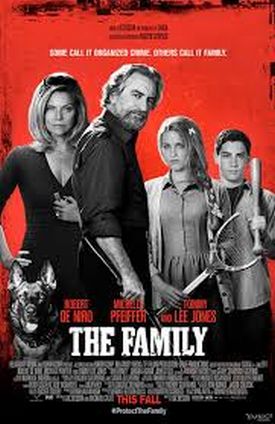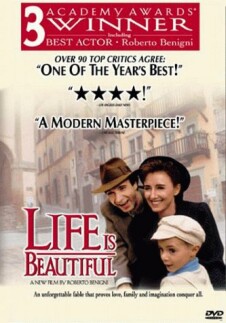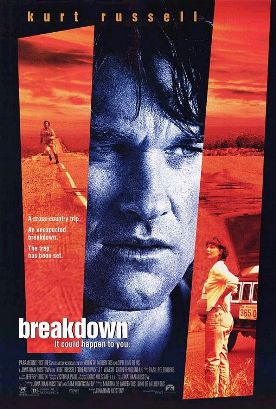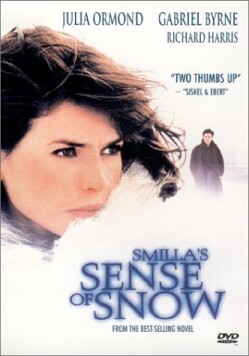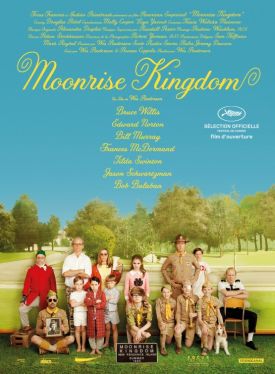Real Blonde, The
The Real Blonde by Tom DiCillo shows as much promise as his first film, Living in Oblivion of 1995. Both are very funny, but both are rather inward looking — obsessed with movie making and acting — and both somehow fail to hold together very well. The Real Blonde, in fact, is like a collection of short stories. It is full of brilliant vignettes which might have been better kept separate, or developed into movies of their own. The cumulative effect of them here, however, is rather confusing, and the rather sloppy attempt to put them together in a single artistic whole unsuccessful.
The main story is that of Joe Finnegan (Matthew Modine) and his girlfriend Mary (Catherine Keener). Joe is a 35 year old waiter (though an oddly inexperienced one; what has he been doing up until now?) who wants to be an actor, but has never had an acting job. He doesn’t even have an agent. Mary is a make-up girl for a fashion photographer, played amusingly by Marlo Thomas. Joe and Mary have all the cute troubles of a young couple in love — fights about marriage, money, sex etc — but they are also at the center, it seems, of a morass of corruption and compromise. Joe’s set piece that he uses for auditions is the speech from Arthur Miller’s Death of a Salesman in which one of Willie Loman’s sons is feeling sorry for himself for “constantly lowering my ideals.”
It is a bad sign that he takes such rubbish seriously and an even worse one that DiCillo himself seems to do so, but it does not become a real problem until the end. Meanwhile, he searches out and finds quite a lot of comedy in the fact that Joe’s friend and fellow actor-waiter, Bob (Maxwell Caulfield), has comparatively little trouble in lowering his ideals. Bob hits the big time by getting a job in a daytime TV soap opera. Joe is scornful (“It’s not even acting”) and jealous at the same time. The success goes straight to Bob’s head, and soon he is behaving like a prima donna. He even manages to get his fragile co-star, Kelly (Daryl Hannah), written out of the show by suggesting that one of her many suicide attempts should at last be successful.
The film takes its title from the fact that Bob has an obsession with “real blondes.” He beds the gorgeous model Sahara (Bridgette Wilson), who talks to Mary about her love life while being made up for her glamorous photo shoots. He leaves her on discovering that she is not a “real” blonde, but when he also seduces Kelly and finds that she is a real blonde, he finds that he can’t perform! Hence his grudge against her. Meanwhile, Joe is growing increasingly desperate for work as an actor and takes a role as an extra in a Madonna music video. Kathleen Turner plays a casting director who ticks him off for not realizing that show business is a business. Hm. I wonder if this scene could be autobiographical?
For Joe is a prince. The vignettes which follow mostly tend to celebrate his integrity, his chivalry towards women (ironically, after complaining about their treatment as sex objects, he himself is treated as one in the video-taping) and his unappreciated talent. Complementing this picture are Mary’s fine faithfulness to him, in spite of their trials, and Bob’s comic comeuppance — which ends with his almost becoming a mensch. Naturally, there is a climactic scene in which Joe finally gets to do his set piece speech and wins a part in a film as a sexy serial killer whose girlfriend is threatening suicide because “she thinks you love killing more than her.” This morally improving tale for our times is thus resolutely upbeat. In spite of the fact that, as more than one character observes, “every day people just keep getting stupider and stupider,” it concludes that it is possible for an attractive young couple to live a smart and virtuous life with ideals unlowered. Too bad that the ideals themselves are so pedestrian.
Discover more from James Bowman
Subscribe to get the latest posts to your email.



